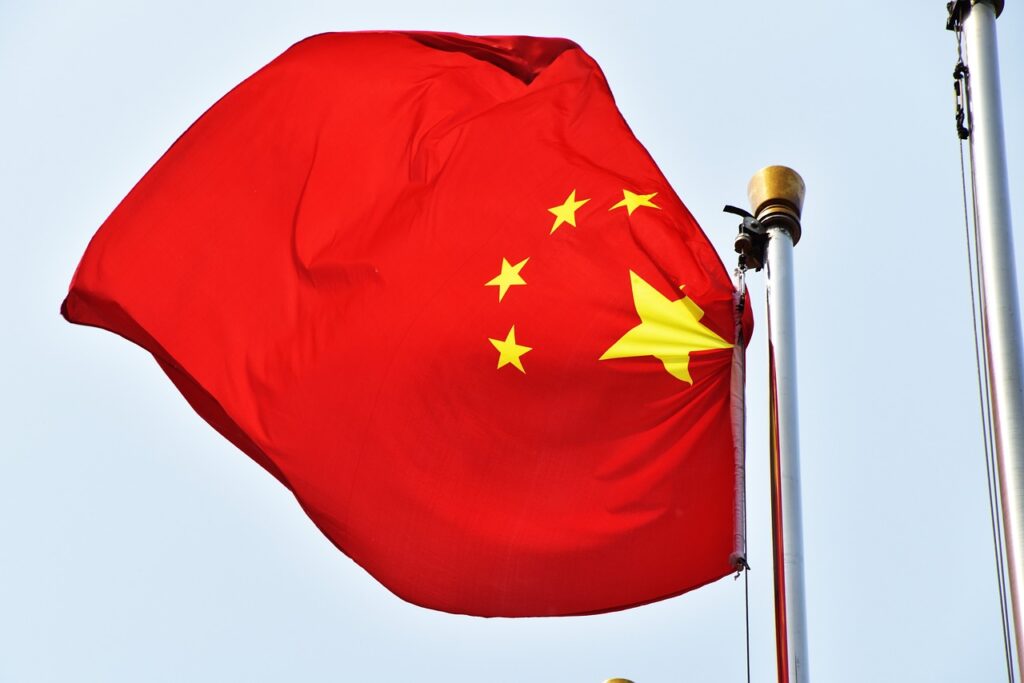Sungrow Hydrogen has started operations at China’s first green hydrogen project to jointly deploy both Proton Exchange Membrane (PEM) and alkaline electrolysers.
Located in Hubei province’s Daye city, the 27 MW facility marks a notable shift in China’s approach to balancing efficiency, cost, and system responsiveness in hydrogen generation.
The hybrid configuration integrates five 5 MW alkaline electrolysers with a 2 MW PEM unit, all supplied by Sungrow. While alkaline electrolysers have long been favored for their cost-effectiveness and durability, PEM technology brings faster ramping capabilities and better handling of intermittent renewable input—a critical trait when pairing hydrogen production with solar and wind. By combining the two, Sungrow seeks to optimize energy consumption profiles and system flexibility, a strategy that may influence future hydrogen project designs both domestically and abroad.
This technological synergy is embedded within a broader $476.2 million investment, which includes a 300 MW solar PV array co-located on a repurposed mine site. The site also features an AI-powered energy management system designed to match renewable input with electrolyser operation in real time, maximizing hydrogen output during solar generation peaks and reducing curtailment.
Notably, the Daye facility introduces China’s first use of underground hydrogen storage in a green hydrogen project. The 30-meter-long, five-meter-diameter cavern stores surplus hydrogen to balance demand fluctuations and improve supply security—providing a significant proof-of-concept for integrating geological storage with surface-level production infrastructure. Above-ground spherical tanks are also employed for short-term storage, creating a hybrid storage framework aligned with best practices emerging from global hydrogen demonstration sites.
The hydrogen produced—estimated at 1,800 tons per year—will be directed to decarbonize mining and industrial transport in the region, including fuel for hydrogen-powered buses, dump trucks, and excavators. Daye’s legacy in coal, iron, and copper mining creates a unique context for integrating hydrogen into existing industrial operations, potentially easing the transition away from diesel-powered equipment.
Stay updated on the latest in energy! Follow us on LinkedIn, Facebook, and X for real-time news and insights. Don’t miss out on exclusive interviews and webinars—subscribe to our YouTube channel today! Join our community and be part of the conversation shaping the future of energy.
